

Bow draw length is a fundamental measurement that determines the optimal length of arrows and the comfort of your shooting experience. A bow draw length that is too short or too long can lead to various issues, including pain, discomfort, reduced accuracy, and even damage to your equipment. In this comprehensive guide, we will explore the factors that influence draw length, the importance of proper measurement, and strategies for determining your true draw length.
Factors Affecting Draw Length
Shoulder Width: Your shoulder width is a primary factor in determining your draw length. Generally, individuals with wider shoulders tend to have longer draw lengths.
Arm Length: Your arm length, particularly the length of your upper arm, can also influence your draw length.
Flexibility: Flexibility in your shoulders, back, and core can impact your ability to draw the bow to its full extent.
Personal Preferences: Individual preferences and shooting styles can also play a role in determining your ideal draw length.
The Importance of Proper Measurement
Accurately measuring your draw length is crucial for selecting the right bow and arrows, as well as ensuring optimal comfort and performance. A mismatched draw length can lead to various issues, including:
Pain and Discomfort: A draw length that is too short or too long can put strain on your shoulders, elbows, and wrists, leading to pain and discomfort.
Reduced Accuracy: A mismatched draw length can negatively impact your aim and accuracy, making it difficult to hit your target consistently.
Inefficient Energy Transfer: A draw length that is too short may not allow you to fully utilize the potential energy stored in your bow, resulting in reduced power and performance.
Damage to Equipment: A mismatched draw length can put undue stress on your bow, potentially causing damage to the riser, cams, or other components.
Strategies for Measuring Your Draw Length
There are several methods for measuring your draw length:
Using a Draw Length Gauge: A draw length gauge is a specialized tool designed to measure your draw length accurately.
Measuring with a Friend: Ask a friend to help you measure your draw length by holding your bow while you draw it to full extension.
Using a Wall-Mounted Target: Stand in front of a wall-mounted target and draw your bow to full extension. Mark the point where the arrow rests against the wall and measure the distance to determine your draw length.
Additional Considerations
Bow Type: The type of bow you are using (e.g., recurve, compound) can influence the ideal draw length.
Arrow Length: Once you have determined your draw length, you can select the appropriate arrow length to ensure proper clearance and performance.
Professional Guidance: Consulting with a qualified archer or bow shop can provide valuable advice and guidance on measuring your draw length and selecting the right equipment.
Conclusion
Accurately measuring your draw length is essential for achieving optimal performance and comfort in archery. By understanding the factors that influence draw length and following the strategies outlined in this guide, you can determine your true draw length and select the right bow and arrows to suit your individual needs.